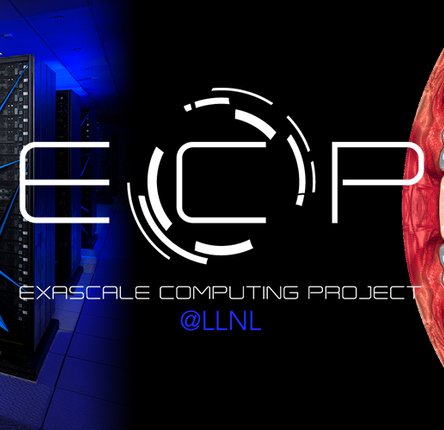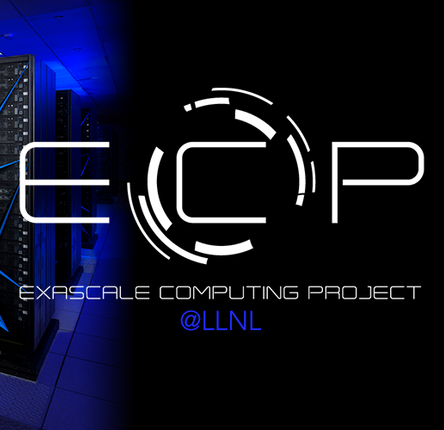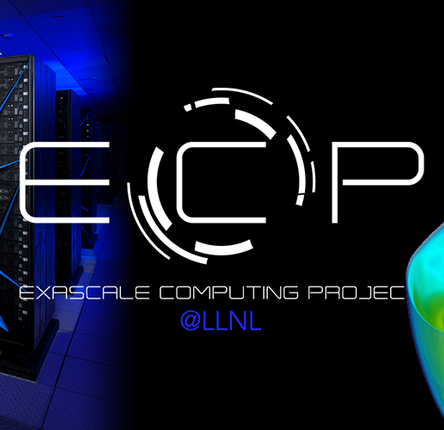LLNL's Role in the DOE Exascale Computing Project
Lawrence Livermore depends on HPC modeling and simulation to advance its science and national security missions, including stewardship of the nation’s nuclear stockpile. However, within the limits of today's computing power, there are still many compelling questions we cannot answer through simulation. From the complex processes of an internal combustion engine to the plasma dynamics in fusion processes in stars or fusion reactors to the behavior of materials from the atom up to engineering scales, we lack the computational power to simulate these multiscale, multiphysics problems with sufficient fidelity. More computing capability is needed.
In addition, while the U.S. has been the global leader in HPC design and its applications, other countries are aggressively engaged. Not only does national security require the best computing available, intellectual property is our strongest card. Technological innovation is imperative to maintaining a competitive edge.
Achieving an exascale computing capability will have profound effects on LLNL’s missions and on the world by delivering capabilities to address several strategic areas, including:
- Scientific Discovery
- Economic Growth
- National Security
- Energy Assurance
- Health
About the Exascale Computing Project
The Department of Energy’s Exascale Computing Project (ECP) is accelerating delivery of a capable exascale computing ecosystem to provide breakthrough modeling and simulation solutions to address the most critical challenges in scientific discovery, energy assurance, economic competitiveness, and national security.
The LLNL Role
Lawrence Livermore has always been a leader in high-performance scientific computing. As such, we are proud to be a major partner in the national effort striving for exascale performance. Our scientists and engineers are contributing to the development of new hardware technologies and architecture, new software ecosystems, new applications, and co-design activities that will allow us to carry out our national security mission while advancing the broader pursuits of scientific understanding and technology development.
A Collaboration of Partners
The ECP is a collaborative effort of the U.S. Department of Energy Office of Science (DOE-SC), and the National Nuclear Security Administration (NNSA). Together, we are creating the next breakthroughs in hardware, software, and communications systems technology—progress that is necessary to drive exascale computing but also valuable as a catalyst for innovation.
What is Exascale?
An exascale machine will be capable of at least 50 times the performance of today’s 20-petaflop systems—more than a billion billion floating-point operations per second with at least a similar magnitude of bytes of memory. The goal is to achieve this within a limited power envelope of 20–30 MW—only 2–3 times the power consumption of current petaflops systems.
These large-scale simulation resources are needed to solving some of today’s most pressing problems, including stockpile stewardship, clean energy production, and precision medicine for cancer treatment.















